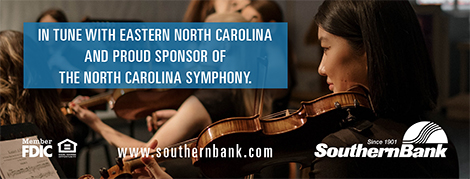Selections from Slavonic Dances, Op. 46 & 72
Antonín Dvořák (1841-1904)
THE STORY
Dvořák’s Slavonic Dances were originally published in two parts (Op. 46 and Op. 72) as piano duets for four hands. Inspired by his friend Brahms’s Hungarian Dances, they also owe their success to the older and more established composer, who persuaded his publisher, Simrock, to take on Dvořák’s compositions. At the time of the publication of the first set of Slavonic Dances (1878), Dvořák was a relatively unknown composer, but the popularity of the work led to his international recognition virtually overnight. Following up on the success of the dances, Simrock asked Dvořák to write another set. Although Dvořák protested that “to do the same thing twice is fiendishly difficult!” Simrock eventually prevailed, and in 1886 Dvořák composed the second set, Op. 72.
The title of each dance refers to a specific type of folk dance, such as furiant, dumka, or polka. While some of Dvořák’s melodies bear strong resemblance to well-known folk songs, others invoke folk idioms (through rhythm, instrumentation, ornamentation, etc.) without alluding to any pre-existing material. Characteristic of the Czech language, the beginnings of Dvořák’s phrases (such as in the opening furiant) often stress the downbeat. While the first set of dances draws primarily on those of Czech origin, the second set incorporates Polish, Serbian, and other dances. Throughout, Dvořák shows off his flair for orchestration in colorful flashes of the piccolo and shimmering chimes of the triangle while reminding his audiences of the folk origins of his music through the rustic sound of oboes in their low register or through the off-kilter accents that drive his melodies forward.
LISTEN FOR
- The opening furiant, a Czech couples' dance in which the beat switches between groups of two and three
- The alternation between contrasting sections of mournful and festive music; this juxtaposition of different moods is characteristic of the dumka, as in this program’s second selection
INSTRUMENTATION
Op. 46, No. 1:
Piccolo, two flutes, two oboes, two clarinets, two bassoons, four horns, two trumpets, three trombones, timpani, percussion, strings
Op. 72, No. 2:
Two flutes, two oboes, two clarinets, two bassoons, four horns, two trumpets, three trombones, timpani, percussion, strings
Op. 72, No. 7:
Piccolo, two flutes, two oboes, two clarinets, two bassoons, four horns, two trumpets, three trombones, timpani, percussion, strings

